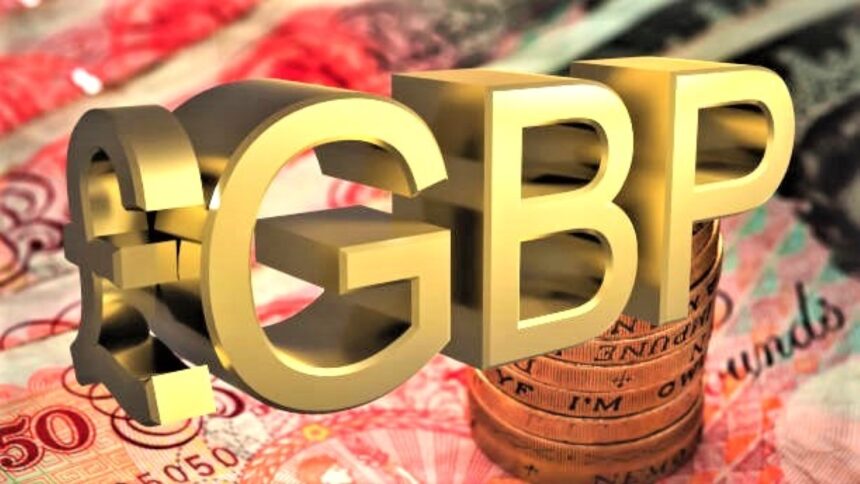Pound sterling trades near a three-month low of approximately 1.2750 against the US dollar as investar await US Inflation data.
In Wednesday’s London session, the pound sterling (GBP) consolidates in a tight range near a new three-month low of 1.2750 against the US dollar (USD). The GBPUSD pair is trading quietly as investors await October’s Consumer Price Index (CPI) data from the United States (US), which will be released at 13:30 GMT. The US Dollar The Dollar Index (DXY), which measures the value of the US dollar against six major currencies, is still up around 106.00, the highest level in more than six months.
Market expectations for the Fed to lower interest rates in December have dipped marginally.
Economists predict headline inflation to rise to 2.6% from 2.4% in September, but the core CPI, which includes volatile food and energy costs, will rise steadily by 3.3% year on year. The monthly headline and core CPI are expected to have increased steadily by 0.2% and 0.3%, respectively.
Unless there is a large departure from consensus, the inflation data is unlikely to have a significant impact on market expectations for the Federal Reserve’s (Fed) likely monetary policy action at its December meeting. A majority of Fed officials have recently expressed confidence that the disinflation trend will continue to Bank’s objective is 2%.
On Tuesday, Minneapolis Federal Reserve Bank President Neel Kashkari spoke cautiously at a Yahoo! Finance event. “If inflation surprises to the upside before December, that might give us pause,” the economist suggested. Kashkari noted that monetary policy is “modestly restrictive right now,” and that he expects economic growth to continue. When asked about the impact of President-elect Donald Trump’s policies on the inflation outlook, Kashkari stated, “The tariff is a one-time increase in prices; it is not inflationary in itself.”
During his campaign, President-elect Donald Trump promised to increase import tariffs by 10% and decrease corporate taxes.
According to the CME FedWatch tool, the probability of the Fed cutting interest rates by 25 basis points (bps) to 4.25%-4.50% in December equals 62%, down from 70% a week earlier.
Daily Market movers: The Pound Sterling remains fragile against its key counterparts.
The pound sterling remains on the back foot in European trading hours on Wednesday, following a severe sell-off on Tuesday. The British pound fell after the United Kingdom’s (UK) labor market data for the three months ending September revealed that the unemployment rate increased more than expected to 4.3%. Fresh payrolls also came in lower at 219K, compared to 373K jobs added in the three months ended August.
“The higher (UK) unemployment rate could see the market start to price in a higher chance of a rate cut from the Bank of England (BoE) next month,” according to analysts working for XTB.
However, not all of the components the labor market data were bad for the pound sterling because average earnings, a crucial metric of wage growth that drives consumer spending, were higher than predicted.
Investors are looking forward to BoE Mann’s speech and a spate of Fed speakers providing fresh interest rate signals.
Following the release of employment figures, BoE Chief Economist Huw Pill’s comments at a Swiss Bank UBS conference suggested that he is slightly concerned about inflationary pressures continuing persistent. “As we saw in the labour market data that was release this morning, pay growth remains quite sticky at elevated levels and levels that given the outlook for productivity growth in the UK hard to reconcile with the UK inflation target,” Pill stated to Reuters.
In Wednesday’s session, investors will pay special attention to BoE external member Catherine Mann’s speech, which slated for 09:45 GMT. Mann, an outspoken hawk, voted to leave interest rates constant at 5% at a policy meeting last week, while the other eight Monetary Policy Committee (MPC) members voted for a 25 basis point interest rate drop. Several Federal Reserve officials scheduled to speak at the US session.









